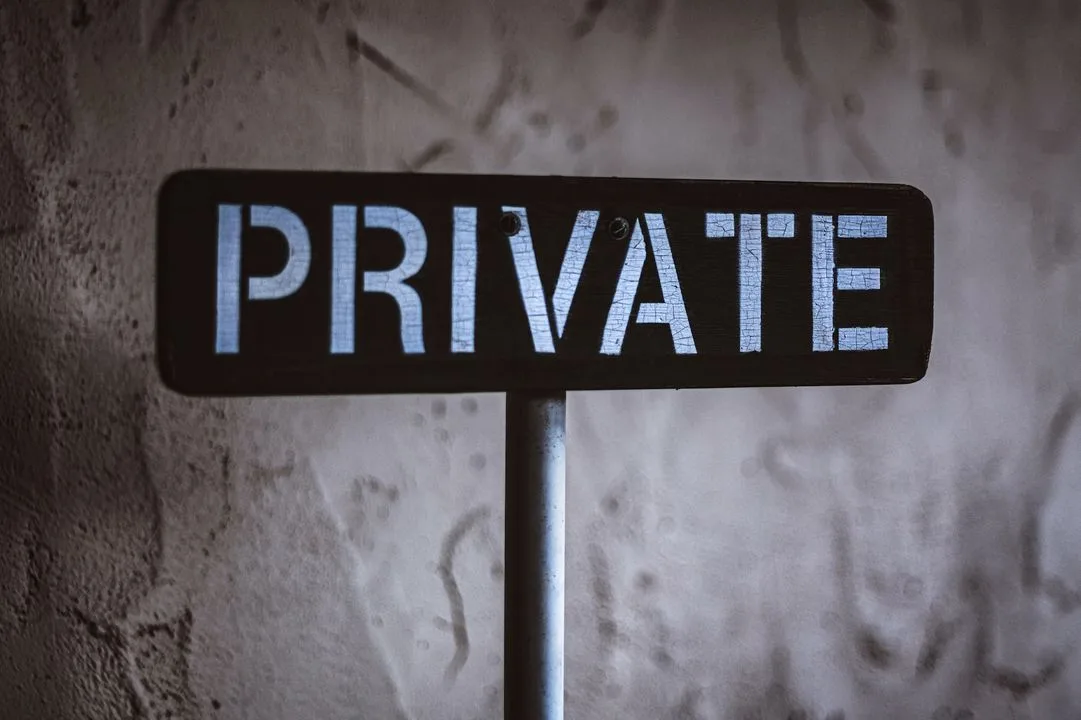Thank you for sharing information about Windows Hybrid Hardening Light (WHHLight) version 1.0.1.0. WHHLight is a simplified configurator of Windows built-in application control features that works on Windows 10 and 11 to support antivirus and prevent malware.
WHHLight combines three key security layers: SmartScreen, Software Restriction Policies (SRP), and Windows Defender Application Control (WDAC). These features provide comprehensive protection against various attack vectors. Once WHHLight is configured, it can be closed, and all protection comes from the Windows built-in features, eliminating the need for Microsoft Defender.
SRP is particularly effective in preventing attacks via scripts, shortcuts, and other files with active content, making it an ideal solution for home environments. On the other hand, WDAC offers robust protection against malicious executable (EXE), dynamic-link library (DLL), and Windows Installer (MSI) files.
In addition to these features, WHHLight also includes tools like DocumentsAntiExploit, FirewallHardening, and ConfigureDefender, which can be used to configure post-exploitation mitigations for vulnerable applications such as Microsoft Office and Adobe Acrobat Reader. However, please note that the ConfigureDefender tool requires Microsoft Defender real-time protection to be enabled.
You have also provided several videos demonstrating the usage and benefits of WHHLight. These videos showcase the features and functionality of WHHLight, making it easier for users to understand its capabilities.
Overall, WHHLight seems to be a powerful tool for enhancing the security of Windows systems, especially in home environments. It combines multiple built-in security features and provides additional tools for mitigating post-exploitation risks.
Thanks for this explanation, I will remove it from the whitelist. I had not realized this. It is a simple application to print restaurant menu's. It stores the user preferences in an ini file (old school Windows 3.1 like) but those settings are set and forget.


